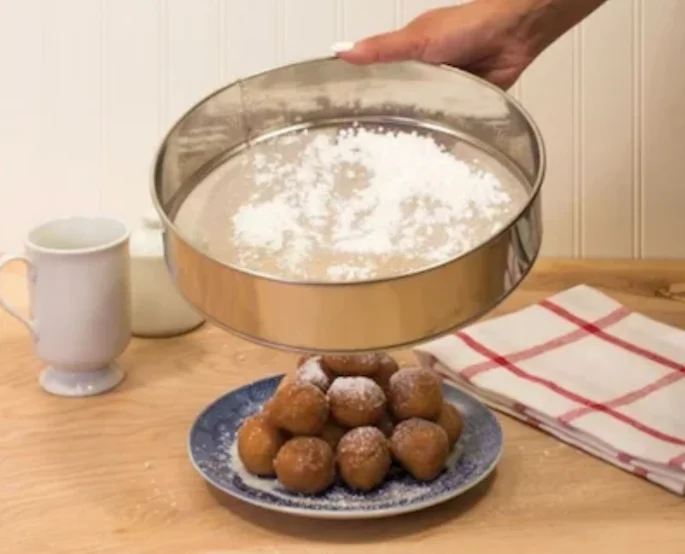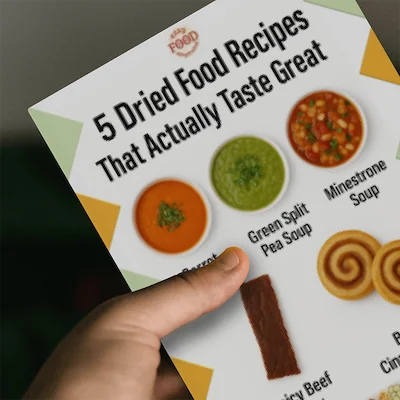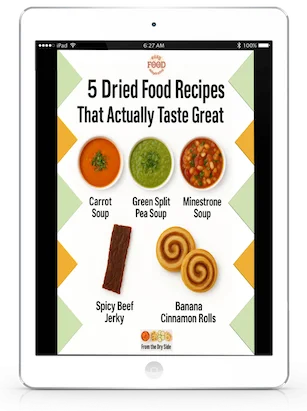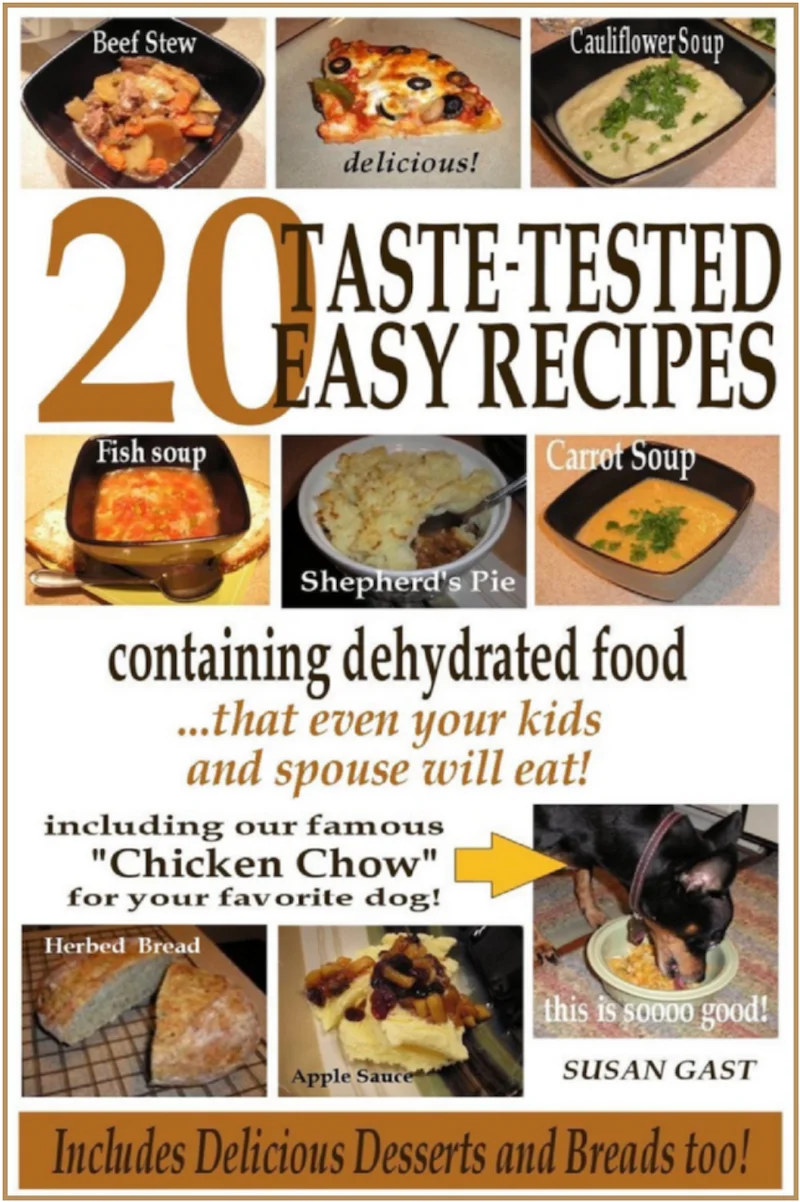What We Mean by “Dehydrate”
Here at Easy Food Dehydrating, “dehydrate” always means using an electric food dehydrator — the easy, reliable way to dry food at home.
- Home
- Easy Dehydrated Food Recipes
- Millet and Quinoa: Nutrition, Cooking Tips & Storage
Millet and Quinoa:
Gluten-Free Grains That Pack a Punch

Millet and Quinoa: Why These Tiny Grains Deliver Big Nutrition
Tiny but mighty, millet and quinoa are gluten-free grains packed with protein, fiber, and essential nutrients. They’ve nourished people (and even birds!) for thousands of years - and today they’re valued for their versatility, digestibility, and role in healthy diets.
✅ Quick Answer: What are millet and quinoa?
Millet and quinoa are naturally gluten-free grains rich in protein, fiber, and minerals. Both must be rinsed and cooked before eating. They can be used in soups, salads, casseroles, or as side dishes — offering a nutritious alternative to wheat, rice, and other grains.
Whether you want a protein-rich grain alternative, a way to boost your soups and salads, or an easy gluten-free option, this guide shows you how to cook, store, and enjoy millet and quinoa at home.
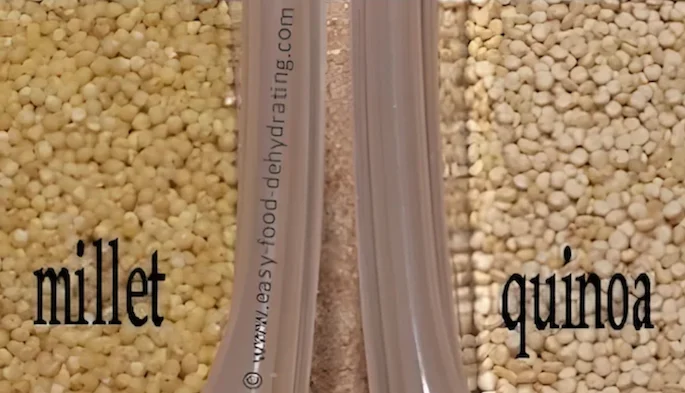
Millet and quinoa are gluten-free grains and have soared in popularity recently, and for good reason. They're complete proteins, meaning they contain all nine essential amino acids - a rare find in plant-based foods.
Do Millet and Quinoa Need Cooking? Essential Tips Before Eating
Both millet and quinoa need to be cooked before eating (unless you're a bird!) Cooking makes these grains easier to digest and brings out their full flavor and texture.
MILLET: The grains should be rinsed thoroughly before cooking to remove debris or dust. Toast millet in a dry pan to enhance its nutty flavor before boiling. It is typically cooked with a 2:1 water-to-millet ratio, similar to rice. Bring the water to a boil, add the millet, then simmer covered for 15-20 minutes until all liquid is absorbed. Fluff with a fork before serving.
QUINOA: It's important to rinse the grains first to remove the natural bitter coating called saponin. Saponin is a natural pesticide that protects the grain from insects and birds.
Toast the quinoa in a dry pan for 1-2 minutes to bring out its flavor. Combine the quinoa with water using a 2:1 water-to-quinoa ratio just like rice. Bring to a boil, then reduce heat and simmer covered for 15-20 minutes, until the grains become translucent and the germ separates. Fluff with a fork before serving.
For added flavor, try cooking millet and quinoa in vegetable or chicken broth. When properly cooked, millet and quinoa are eaten hot as a grain side dish, or added cold to salads. They are often made into porridge, and included in desserts.
Following those proper cooking methods above brings out their best texture and flavor.
Why Millet Thrives Where Other Grains Fail
Though lesser known in North America, millet is an ancient cereal grain that has served as a foundational crop and essential nutritional source across Africa and Asia for thousands of years.
It's believed to have first been domesticated in the dry Sahel region of East Africa over 5,000 years ago. Millet grew well in arid climates with low rainfall, thriving where other staple crops like wheat and rice fell short.
Thanks to its resilience, high productivity, and versatile usage, millet quickly spread from East Africa to India, China, and the rest of Asia where it remains an essential food staple in those regions today.
China alone accounts for almost half of global millet production, using both the grain itself and its straw as livestock fodder. Millet stands as the sixth most cultivated grain globally.
Major millet varieties include pearl millet, finger millet, and proso millet, to name a few. The small yellow or white seeds, under 3mm in diameter, are packed with nutrients - and are baked into bread, mashed into porridge, malted into beer, fermented in wine, or puffed and flaked as a breakfast cereal!
It's for the Birds!
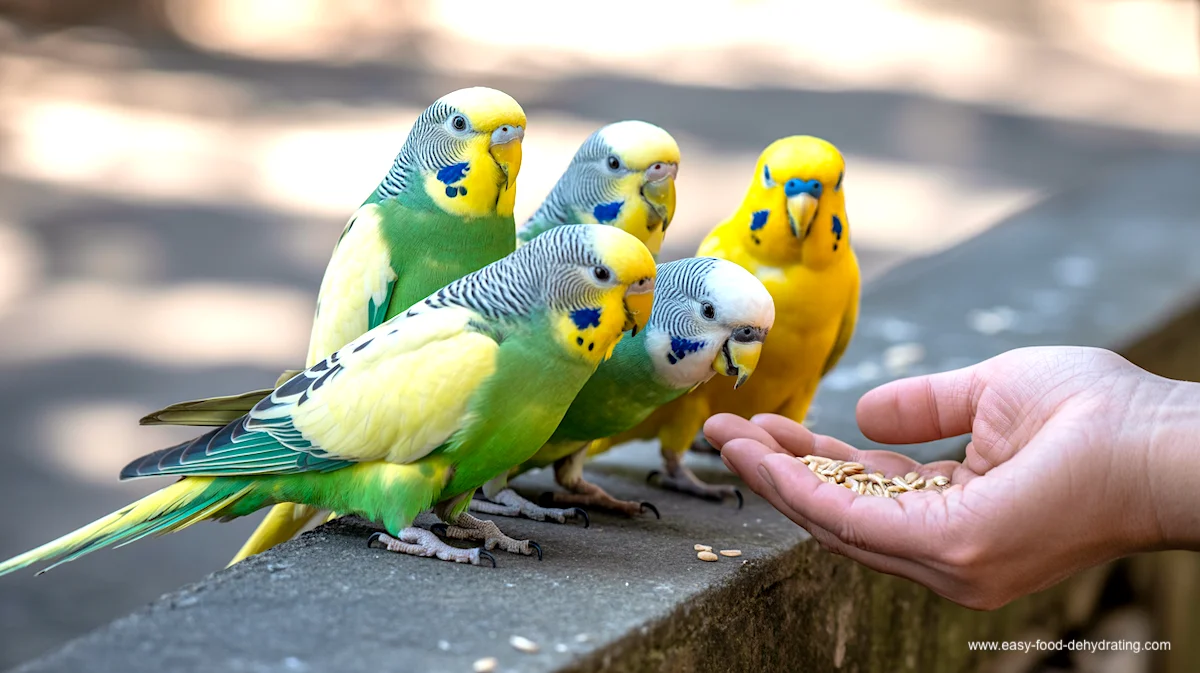
Fun Fact: Millet Isn’t Just for People!
As a kid, I had a budgie* named Mickey who loved millet — so much he’d scatter the seeds everywhere. Birds enjoy millet because it’s nutrient-rich and small enough for them to eat easily. No wonder it’s a favorite in birdseed mixes!
*The full name for a "budgie" is budgerigar, a similar bird to a parakeet.
Millet Nutrition Facts: Vitamins, Minerals, and Protein
VITAMINS: Vitamin B1 (Thiamin), B2 (Riboflavin), B3 (Niacin), B5 (Pantothenic Acid), B6 (Pyridoxine) and B9 (Folate). Plus Vitamin E.
MINERALS: Phosphorus, Magnesium, Copper, Zinc, Iron, and Manganese.
When cooked, millet has a fluffy texture and a mildly sweet flavor. It can be used in a variety of dishes, including pilafs, casseroles, and soups. Millet is a good choice for people who are looking for a gluten-free grain option. It is also suitable for vegans and vegetarians.
The protein content in millet is comparable to both flour and wheat.
Creative Ways to Cook with Millet (Soups, Sides, and More)
I add millet to my soups and cauliflower mash.
I also use millet (and quinoa) in my super-tasty and delicious chicken chow dog food recipe.
I do rinse the millet in a fine sifter under running cool water before use, although it doesn't have the bitterness of quinoa.
I keep the millet in a plastic container for daily/weekly use. When it's time to refill, I scoop it out of the big plastic bags that it ships in. It's easier for me this way.
Quinoa: The Sacred Supergrain from the Andes
Just like millet, quinoa has also been around for centuries. Quinoa's protein content is very high—between 12% to 18%!
Note: Quinoa is pronounced 'keen-wah.'
Quinoa has become a trendy 'supergrain' in recent years, especially across North America, Europe, and Australia. It was first domesticated and cultivated in the Andean mountain regions of Bolivia, Peru, Ecuador, Colombia, and Chile thousands of years ago.
Archaeologists have traced early quinoa cultivation by the Inca Empire back to as early as 3000 BCE around Lake Titicaca basin.
The ancient Incas called quinoa the ‘mother grain’ for the way its seeds fueled and nourished their civilizations amidst harsh mountain terrain with frequent droughts, bitter cold, and rocky soil beds inhospitable to other staple grains.
In fact, in the Incan language of Quechua, ‘quinoa’ translates to ‘the sacred mother grain.’ Generations of Quechua tribe members selectively bred an array of quinoa varieties tailored to micro-climates up and down the steep Andes mountains.
However, when Spanish colonists arrived in South America, they scorned quinoa as 'peasant food' and associated it with indigenous pagan ceremonies and suppressed its usage. Only in recent decades has global appreciation surged for quinoa as a gluten-free superfood, boasting exceptional nutritional properties - thanks to (or in spite of) its ancestral mountain beginnings.
Delicious Ways to Cook with Quinoa (Salads, Soups, Breakfasts)
Quinoa can be used in a variety of dishes, including salads, soups, and casseroles. It can also be cooked and eaten as a hot cereal.
As you now know (you read this page, right?) that quinoa is also gluten-free, and that makes it easier (for many folks) to digest.
I use quinoa in my cauliflower mash as mentioned earlier and in many soups to add an excellent source of protein. Quinoa (along with millet) is also added to my "Make Your Own Dog Food" recipe and can be found here: chicken chow dog food.
Quinoa Nutrition Facts: Key Vitamins and Minerals
VITAMINS: Vitamin B1 (Thiamin), B2 (Riboflavin), B3 (Niacin), B5 (Pantothenic Acid), and B9 (Folate).
and MINERALS: Manganese, Phosphorus, Copper, Iron, Zinc, and Magnesium.
The Crucial Step: Why Rinsing Quinoa Improves Flavor
Don't forget, you must rinse quinoa before use due to its bitter coating. I use a sieve just like the one shown in the above image.
Simply rinse the quinoa under cool water in a fine sifter. The sifter (or sieve) I use is from Fantes.com and is a #50 Mrs. Anderson Sieve, 9-inch diameter
Deets from Fantes:
- Mrs. Anderson's Tamis Mesh Sifter, or Drum Sieve, for removing and breaking up clumps from ingredients before baking or cooking
- Sift and aerate powdered ingredients, like flour, crushed spices, and confectioners' sugar, for lighter, fluffier baked goods
- Sieve pastes and purees for smoother, creamier sauces and soups; no more lumps
- 18/8 Stainless steel frame and 16-count fine-wire stainless mesh
This extra fine sifter can also be used to dust your baked goods with powdered sugar.
Millet and Quinoa FAQs: Your Smart-Storage and Cooking Questions Answered
Can you dehydrate cooked millet or quinoa for later use?
Can you dehydrate cooked millet or quinoa for later use?
Yes. Spread cooked grains in a thin layer on dehydrator trays and dry at 135°F until crisp. Store in airtight jars, then rehydrate later for soups, stews, or casseroles.
Are millet and quinoa good choices for gluten-free diets?
Are millet and quinoa good choices for gluten-free diets?
Absolutely. Both grains are naturally gluten-free and safe for people with celiac disease or gluten sensitivity, while still providing protein and fiber.
How should I store millet and quinoa once cooked or dried?
How should I store millet and quinoa once cooked or dried?
Refrigerate cooked grains in airtight containers for 3–5 days or freeze for longer. Dehydrated millet and quinoa should be kept in airtight jars or vacuum-sealed bags in a cool, dark pantry.
What’s the difference between millet and quinoa?
What’s the difference between millet and quinoa?
Millet is a cereal grain, while quinoa is technically a seed, though both are cooked like grains. Quinoa contains slightly more protein, but both are nutrient-rich and naturally gluten-free.
Thanks for stopping by my millet and quinoa page!
Thanks for stopping by my millet and quinoa page! These grains aren’t just trendy health foods - they’re reliable pantry staples that add flavor, protein, and versatility to everyday meals. From soups to side dishes (and even homemade dog food!), millet and quinoa earn their keep in any kitchen.
Want more easy, nutritious ideas? Grab your free 5 Dried Food Recipes You’ll Actually Love PDF (below) and enjoy simple dishes like carrot soup, minestrone, split pea soup, spicy beef jerky, and banana cinnamon rolls. They’re wholesome, delicious, and ready to inspire your next meal!
Get 5 Dried Food Recipes You'll Actually Love
Here's where you can get your copy of our all new
5 Dried Food Recipes (That Actually Taste Great)
They're my all-time favorite easy dried food meals!
Get it here right now.
For Free!
Before You Go...
If you enjoyed this page, tap the ❤️ in the lower right-hand corner.
It saves this page to your Grow bookmarks so you can find it again later.
You’ll also see quick share buttons to copy the link, post to Facebook,
or save it straight to Pinterest.
